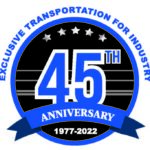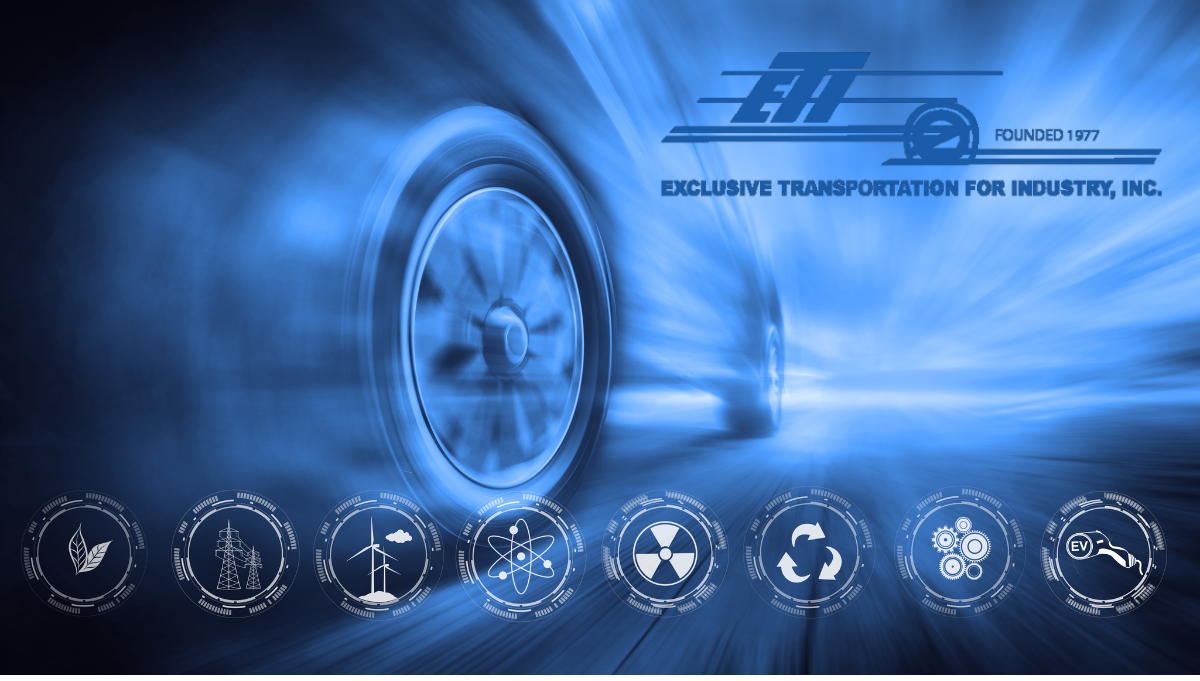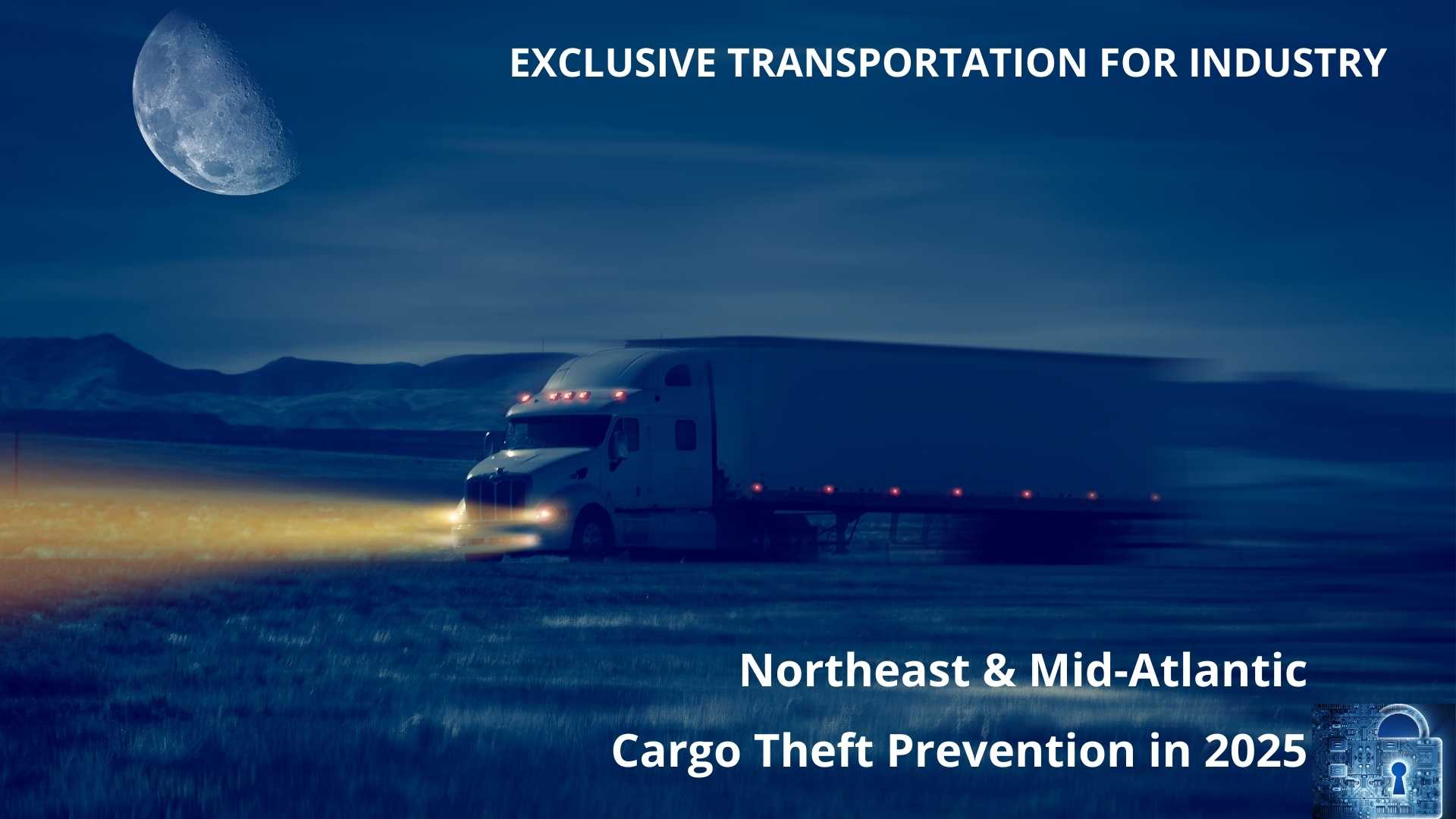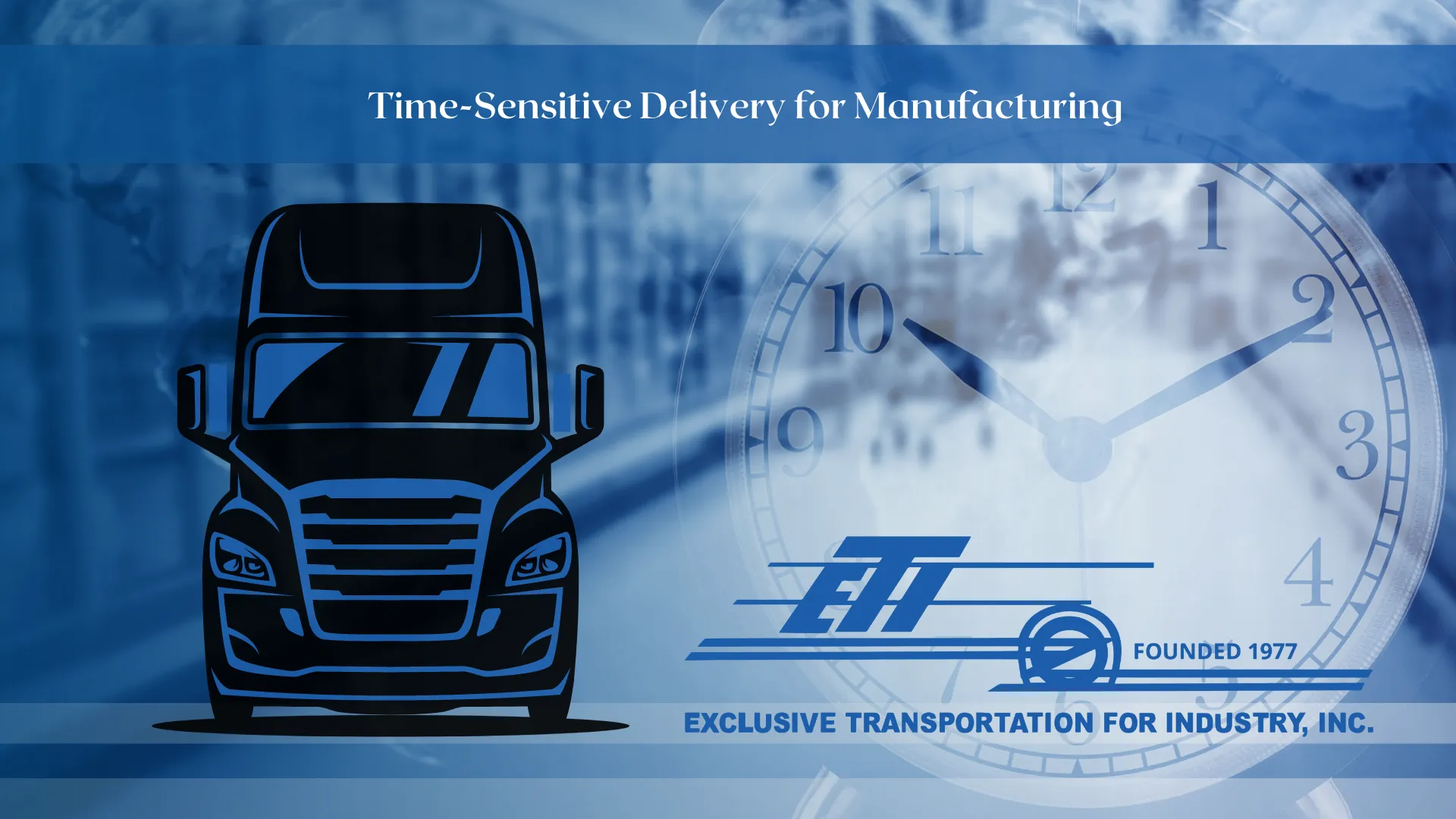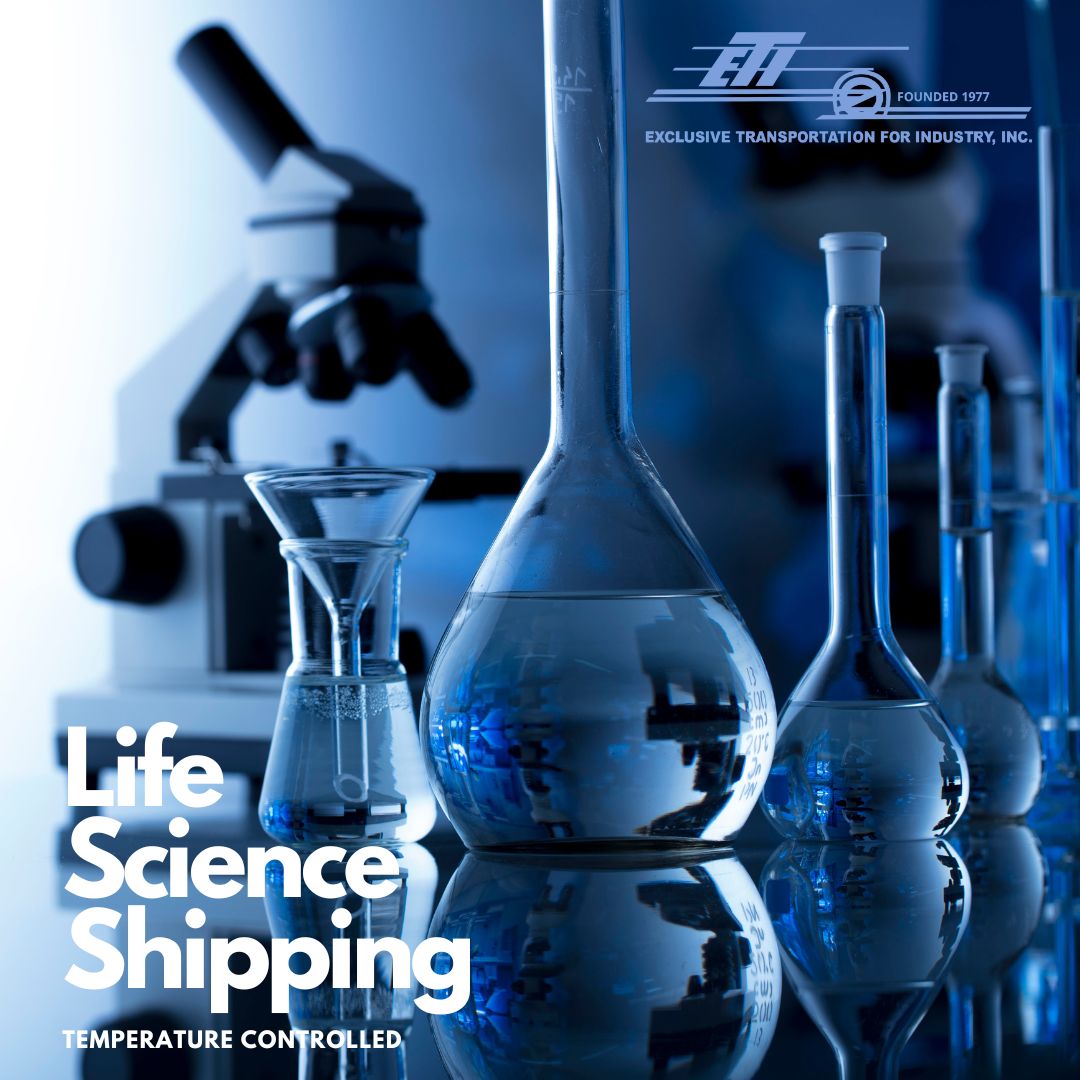Recent developments surrounding federal emission standards for heavy-duty commercial vehicles have significant implications for the trucking industry. As a responsible and forward-thinking trucking company, ETI understands the importance of environmental stewardship while also ensuring the economic viability of our operations. In this blog post, we address the challenges posed by the new federal emissions standards, the lack of guidance for implementation, and the potential consequences on trucking costs and consumer pricing.
The Devastating Impact on ETI and the Trucking Industry
ETI is deeply concerned about the veto of the proposal to roll back federal emission standards. While we prioritize environmental sustainability, the lack of consideration for the financial burden placed on trucking companies is troubling. The increased costs associated with complying with stringent emissions standards can be financially devastating, particularly for smaller trucking operations and independent drivers.
Lack of Guidance and Forethought in Implementation
One of the key issues surrounding the new emissions standards is the lack of comprehensive guidance and thoughtful planning for implementation. This has left trucking companies, including ETI, grappling with uncertainty and the absence of viable alternatives. Without clear directives or supportive infrastructure, meeting new standards becomes a challenging task.
Impact on the Cost of Trucking and Consumer Pricing
The unintended consequences of these stringent emissions standards are far-reaching. By increasing the cost of manufacturing newer compliant trucks, the regulations incentivize the prolonged use of older, higher-emitting vehicles. The cost of a new diesel Freightliner is approximately $125K, and the compliant eCascadia® Freightliner is $400k minimum. This not only undermines the goal of reducing emissions but also poses financial strains on trucking companies. Moreover, the higher costs incurred by the industry are likely to be passed down to consumers, contributing to inflation and impacting household budgets.
Advocating for Realistic Targets and Collaborative Solutions for Federal Emissions Standards:
ETI supports the goal of reducing emissions and acknowledges the importance of sustainable practices in the trucking industry. However, we believe that setting achievable and realistic targets is crucial for long-term success. We urge regulators to engage in open dialogue with industry stakeholders, such as ETI, to develop a roadmap that considers both environmental goals and the financial viability of trucking companies.
Possible Solutions: Filling the Gap Left by Government
While the trucking industry acknowledges the importance of reducing emissions, it is essential to explore practical solutions that strike a balance between environmental goals and the economic viability of trucking companies. Here are some possible measures that could address the challenges not adequately tackled by the current Federal Emissions Standards.
Incentives for Green Technology Adoption:
To facilitate the transition to cleaner and more sustainable vehicles, the government can introduce robust incentive programs. This could include tax credits, grants, or subsidies for trucking companies investing in eco-friendly technologies such as electric or hybrid trucks. Tesla Semi costs $250k per vehicle, the Freightliner EV version costs a whopping $400 to $500k each. A small fleet of 35 semi-trucks would be an investment of $8 to $18 million. Financial support would encourage the adoption of greener alternatives and alleviate the cost burden on trucking businesses.
Infrastructure Development:
To effectively implement emissions reduction measures, it is crucial to have the necessary infrastructure in place. The government should prioritize the development of charging stations and refueling infrastructure for alternative fuel vehicles. Investing in a reliable and extensive network of infrastructure would support the growth of eco-friendly trucks, making their adoption more practical and feasible for trucking companies.
Collaborative Research and Development:
Government agencies, industry stakeholders, and research institutions should collaborate on research and development initiatives. This would help identify innovative technologies, fuel-efficient practices, and operational strategies that can reduce emissions without compromising operational efficiency or driving up costs. By fostering collaboration and knowledge sharing, we can collectively work towards realistic Federal Emissions Standards.
Long-Term Transition Plans:
Implementing emissions reduction measures requires a phased approach. The government should work alongside industry experts to develop long-term transition plans that provide clear timelines, milestones, and achievable targets. This approach allows trucking companies, including ETI, to plan and invest in technologies and infrastructure at a pace that aligns with their operational and financial capabilities.
Advocacy and Representation:
Trucking industry associations, including ETI, can play a crucial role in advocating for the industry’s interests. By actively engaging with policymakers, regulators, and environmental organizations, the associations can raise awareness about the challenges faced by trucking companies. They can also provide valuable insights and recommendations to ensure that emissions reduction policies consider the economic realities and unique characteristics of the industry.
While the new emissions standards pose challenges for trucking companies like ETI, there are potential solutions that can bridge the gap left by the government. Incentives for green technology adoption, infrastructure development, collaborative research and development, long-term transition plans, and industry advocacy are all avenues that can contribute to a more balanced approach. By working together and considering the economic impact on trucking businesses, we can achieve environmental goals while sustaining a thriving and resilient trucking industry. Read more about EV impacts on the trucking industry here.

